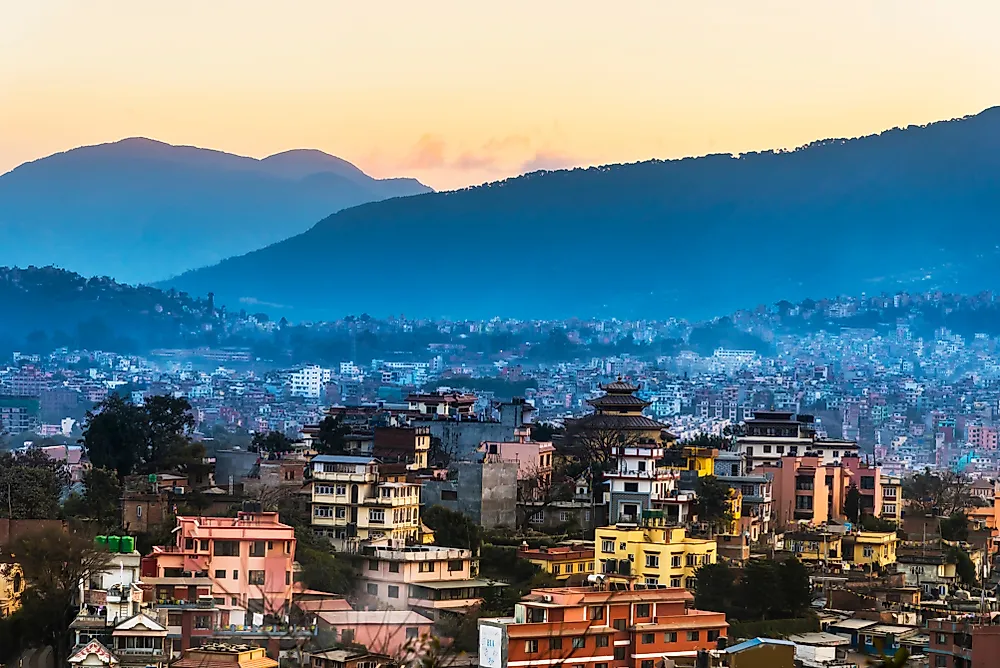Where Does The Prime Minister of Nepal Live?

Nepal, officially the Federal Democratic Republic of Nepal, is a country in South Asia. With a current population of approximately 28,775,116 people this landlocked country comprises a land area of 55,348 square miles and has a population density of 517 residents per square mile. The Prime Minister of Nepal is appointed by the nation’s President and serves not only as the leader of Nepal’s executive branch of government but also as the head of the Council of Ministers of Nepal. The Prime Minister’s state residence is located in Baluwatar, a suburban area located in the country’s capital city of Kathmandu.
Modern Government
Nepal operates as a federal parliamentary republic with a system of government that’s made up of three distinct branches; executive, legislative, and judiciary. Nepal’s official head of the state and commander in chief is its president, a post currently occupied by Bidhya Devi Bhandari. The prime minister, appointed by the president, serves as the head of Nepal’s federal cabinet and sits as the senior member of the nation’s House of Representatives or lower house of parliament (Pratinidhi Sabha) which meets in the International Convention Centre, located in the New Baneshwor area of Kathmandu.
As set up by the country’s 2015 constitution, Nepal is made up of seven provinces each having between eight to fourteen distincts. Kathmandu, which is home to the Prime Minister’s residence, is located in Nepal’s Province 3 which comprises a land area of approximately 200 square miles and sits at an elevation of 4,600 feet.
Baluwatar
Formally known as Kathmandu Metropolitan City Ward 04, Baluwatar is located in a residential area of Nepal’s capital city which lies on the banks of the historic and revered Bagmati River; a holy site for both Hindus and Buddhists alike. Conveniently Baluwatar can be found just a short distance away from Kathmandu’s downtown area as well as its financial hub (also referred to as New Road). Along with the Prime Minister’s residence the area is also home to an array of government offices, the Russian Embassy, as well as the domestic headquarters of both the International Organization for Migration and the Nepal Rastra Bank.
According to local government documents, Baluwatar or Ward 4 encompasses a land area of 324.1 hectares. A 2001 census noted that the region was home to a population of 29,539 residents occupying approximately 6,768 households. The main industry in the area is manufacturing with the majority of commercial shops selling spices and food products. Baluwatar is also home to fifteen temples, an open air market, and a children’s park.
Heritage Sites
Besides the Prime Minister’s residence Baluwatar is also home to a number of important cultural and religious heritage sites including Tundal Devi temple, Chundevi temple, Dhum Barahi, and Banshidhar, Sri Krishna Mandir.











